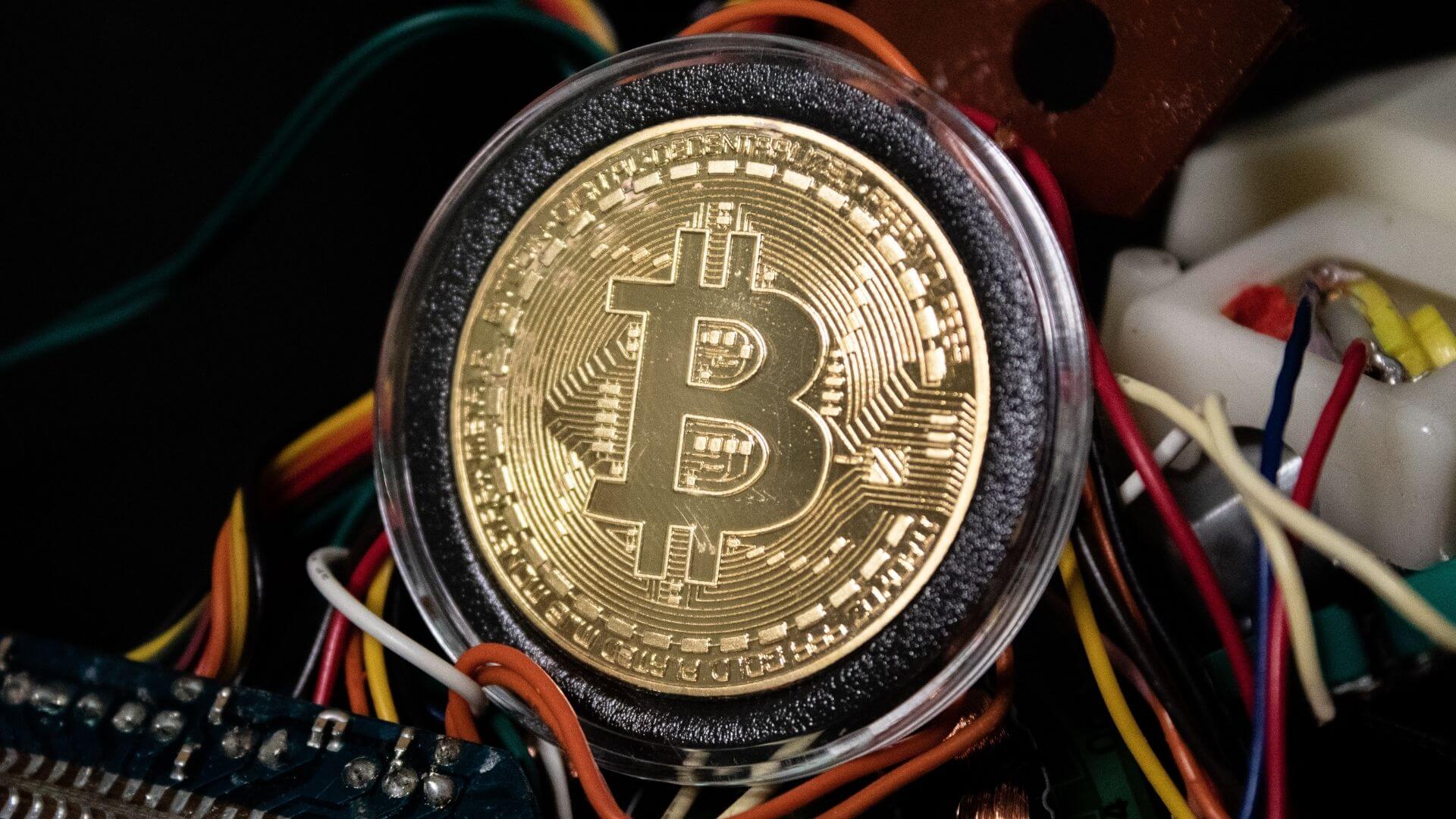NFTs have revolutionised the art market, leading to record sales of more than €3 billion in 2021. This new system, which allows digital works to be authenticated, has impacted the global economy and offered artists a new way to market and monetise their works.
Many well-known artists have already entered the NFTs market, such as digital artist Beeple, whose piece “The First 5000 Days” sold for $69 million. Developers such as Matt Hall and John Watkinson have also joined the trend, creating so-called “Cryptopunks”, a series of digital avatars with distinct features, which have sold individually for as much as $11.8 million.
As has happened throughout the history of film and music, the art industry is also undergoing a process of transformation, which is occurring hand in hand with the NFTs.
What are NFTs?
NFTs (Non-Fungible Token) are unique digital assets, which allow certifying the authenticity of a unique piece through its registration on the Blockchain. NFTs can be a digital work of art, such as a video or photograph; or it can be a digital representation of a work of art, such as a painting.
Unlike cryptocurrencies, NFTs are not exchanged with each other, as no two NFTs are the same, but are personal and unique.
Thanks to its support in Blockchain technology, the security of buying and selling operations can be guaranteed, as each of these transactions is accepted, verified, and recorded in the Blockchain network in an incorruptible way. Moreover, thanks to this technology, ownership can be guaranteed by means of the corresponding certificate of authenticity, which eliminates the risk of counterfeiting.
In this way, artistic works in the Blockchain network would be encrypted and secured.
Fractional NFTs
Despite the incredible success, NFTs are experiencing in the market and how they are captivating different creators and artists, there is sometimes a lack of liquidity due to the high price of certain high-end works of art. This has led to experimentation with a new alternative: Fractional NFTs.
The concept of Fractional Non-Fungible Tokens (F-NFTs) originated in 2018 as a new way of offering shared ownership.
Fractional tokenisation makes it possible to access a single piece of digital artwork, which facilitates the purchase of certain percentages of the NFT.
There are already projects such as Fractional or DAOfi that operate with this new modality of NFTs.
Benefits of Fractional NFTs
Fractional NFTs have numerous benefits for investors and artists, including:
- Monetising artistic works more efficiently.
- Increased liquidity in the secondary markets for NFTs, by allowing several people to co-own an artistic work.
- Democratisation of investment. By splitting an NFT into several fractions, the barrier to entry costs and ownership can be lowered, thus allowing more investors to enter the NFT market.
However, despite these benefits, the fractionation of NFTs raises a number of legal issues, such as how each person will participate in the split and under what conditions.
At Navas Cusi we are experts in the management of NFTs, and we offer legal advice on all transactions, investments, and profits from them.



